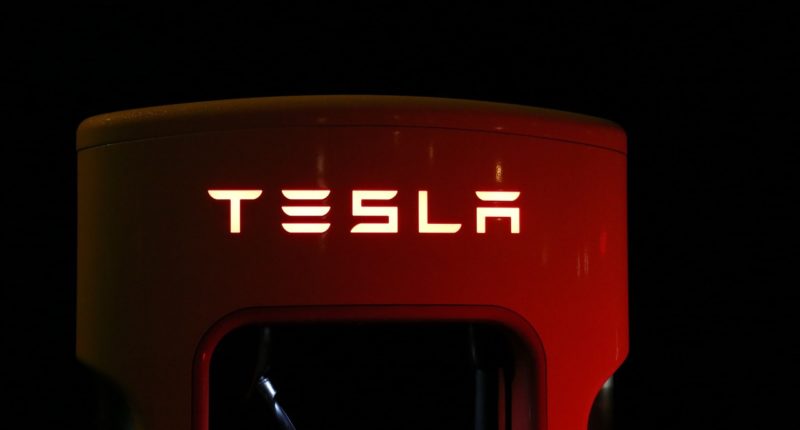Tesla, on Wednesday, reported a record high $8.8 billion revenue in Q3 2020, marking a fifth consecutive profitable quarter—all thanks to an increase in vehicle deliveries and selling regulatory credits to rival automakers.
The reported revenue during the same time last year was $6.30 billion which has now grown to a record $8.77 billion.
The company has ramped-up its car production, and has affirmed its plan to to deliver 500,000 vehicles by the end of this year. The CEO, Elon Musk, said that Tesla already has the capacity to produce and deliver half a million vehicles this year, but achieving the goal has become increasingly difficult. However, said the Model 3 production at its Shanghai plant has increased to 250,000 vehicles a year, hitting the targeted production rate.
Tesla is a company that has been lauded for its brave and innovative approach, but criticized and doubted over its ability to deliver its promises. The same company has now established itself as a leading automaker in the automotive industry, having a market capitalization value of $394.5 billion, which is the largest among all global automakers.
It is interesting to note that a profitable quarter would not have been possible for Tesla if it were not for its reserves of regulatory credit. The reported revenue from sales of regulatory credits is $397 million, which makes up for a significant part of the total revenue.
Environmental emissions programs around the world award regulatory credits to automakers who produce electric vehicles. Several of the states in the US have this program in place. Automakers can face punishment if they fail to each a threshold of minimum credits by the end of the year.
Since Tesla only produces electric vehicles, it has amassed a large number of regulatory credits. This allows them to sell the excess credits to other automakers who are running short on these credits, and more importantly, at a 100% profit margin.
Nevertheless, Tesla has reported a net income of $331 million (GAAP) which is a 218% increase from its reported Q2 net income. The reported non-GAAP net income which includes stock-based compensation awards given to Elon Musk, is $874 million.
During the conference on Wednesday, Musk expressed his plans to reduce production costs and increase efficiency. Back in September, Tesla already showcased its plan to produce in-house batteries, which will reduce production cost and increase performance. But Musk said that the company won’t make the switch to the in-house produced batteries before 2022.
Tesla is also building new plants in Germany and ramping up its production, preparing for the launch of Cybertruck and Semi Truck.
Experts say that the company is doing exceptionally well due to the lack of a tough competition, but it might soon change as more than 400 new electric vehicles by rival automakers are scheduled to hit the roads by 2024.
Yet, Tesla’s feat of achieving great success in a short period of time is laudable. It is plowing ahead while also somehow managing to doge the economic consequences of the pandemic, which has already affected majority of the automotive industry. With every success, it sets an example for the generations of clean energy companies to come.
